Doodling at the back of your books while the professor bored you to hell was one of the best memories of the good old school days. I just found a book from the stack, which had my creativity scribbled upon, and the memories flashed back. While some must be here for a detour of their childhood, some just want to brush their hand at lettering (wink! Pun intended). Whatever the reason may be, our goal is the same – hand lettering. Well, we won’t hold you back! Just dive in to explore the world of lettering with these Easy and Free Lettering Worksheets for Beginners to Practice. We have all that you need right here!
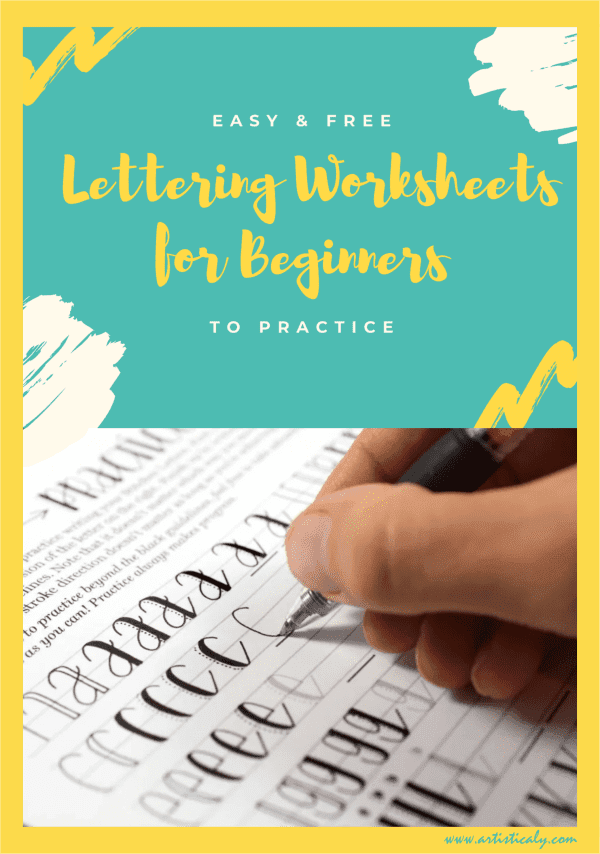
Easy and Free Lettering Worksheets for Beginners to Practice
You can go through these awesome lettering blogs for learning more in detail. Follow and subscribe for constant inspiration in lettering. Below are the links -
Hand Lettering Worksheets Collection!
Brush Calligraphy for Beginners
Positive Quotes Lettering Worksheets
Free Hand Lettering Printables
Good Wishes and Congratulations Hand Lettering Worksheet
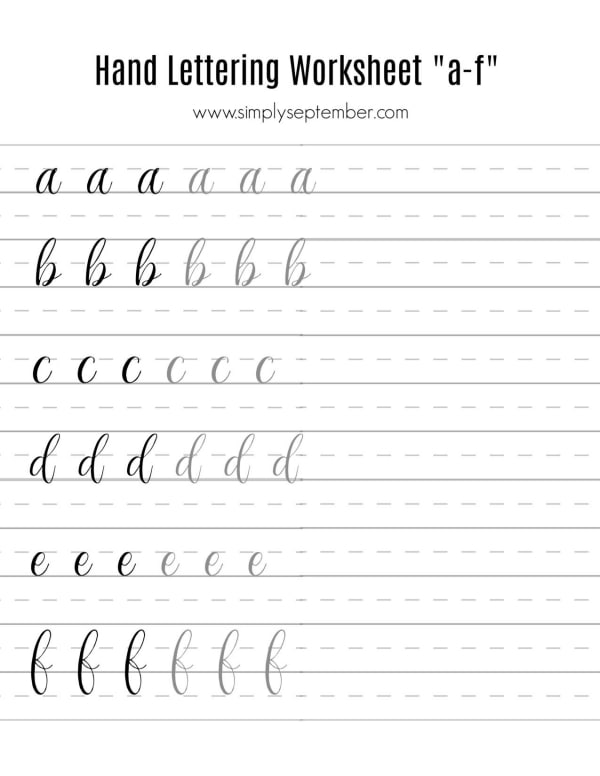
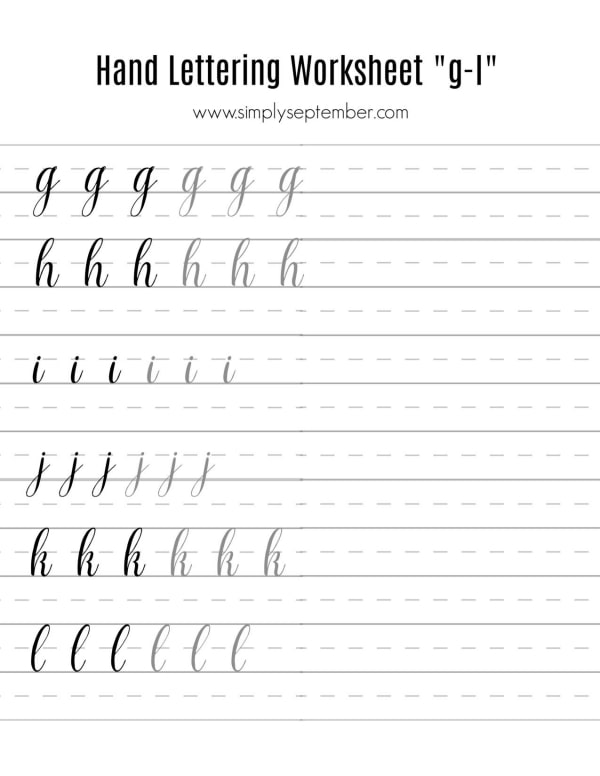
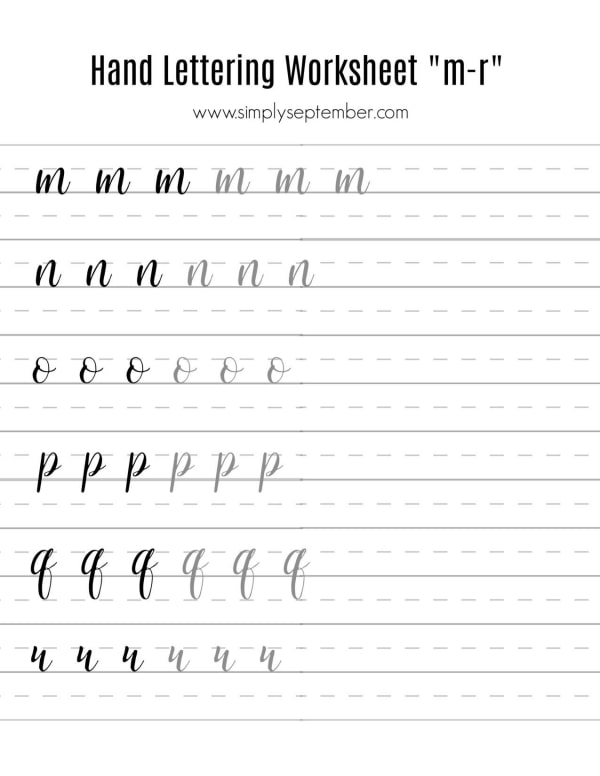
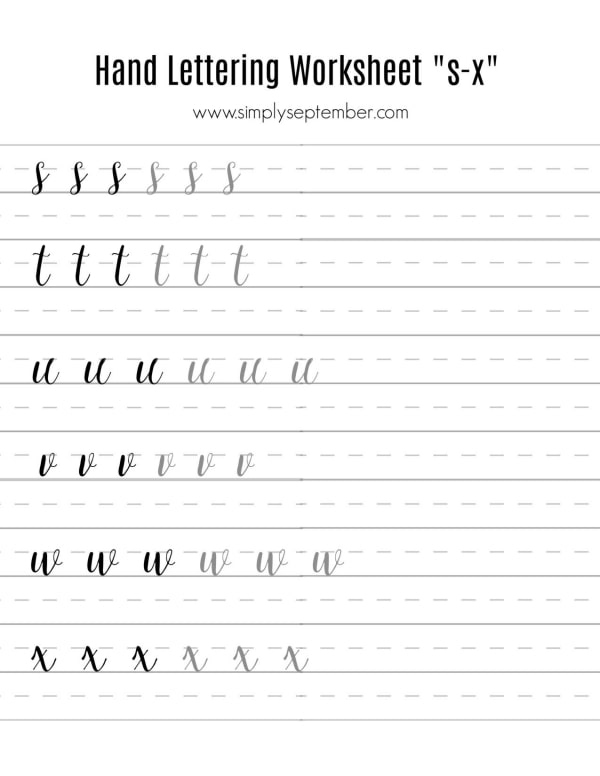
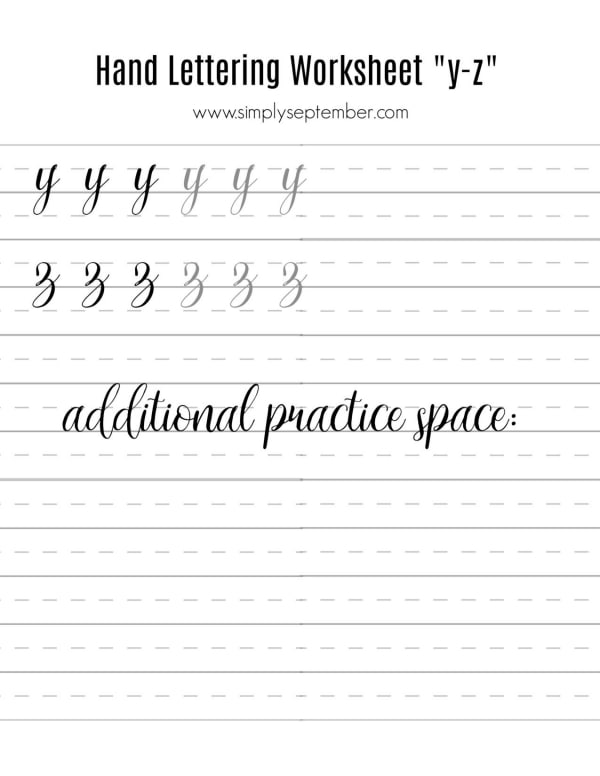
Hand lettering is an art of creating beautiful letter designs with pencils, pens, felt pens or brushes. Usually, hand lettering is used to write letters in a form, which makes them attractive and different from the usual handwritten words. It is quite popular and you must have seen it in different places such as a restaurant’s chalkboards, wall art, street art, and much more! However, did you know it is very easy to do once you understand the fundamentals of it?
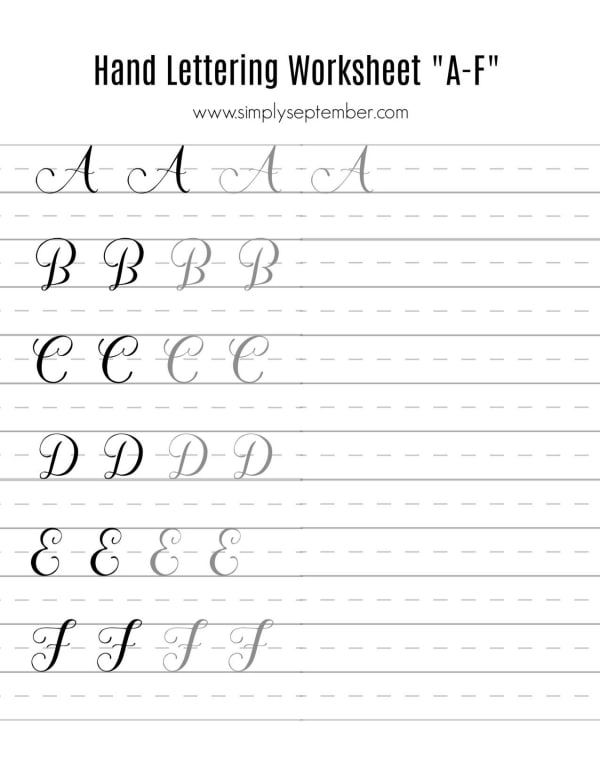
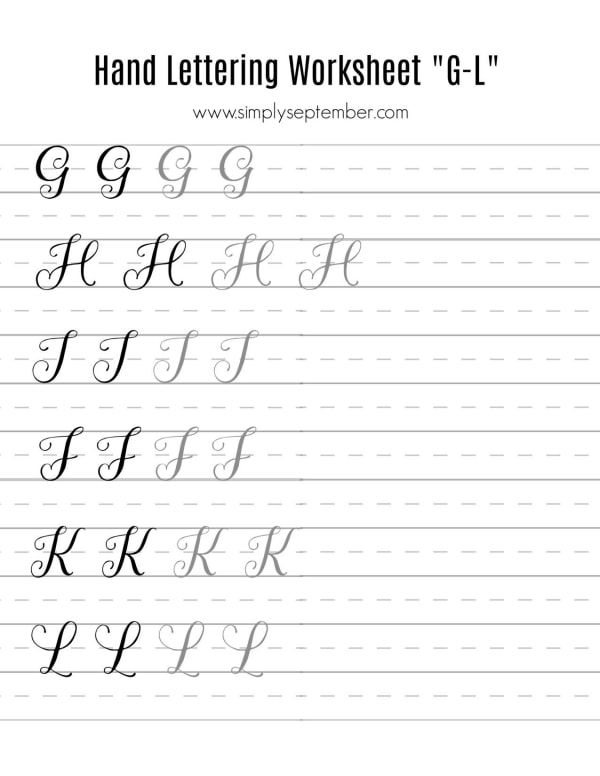
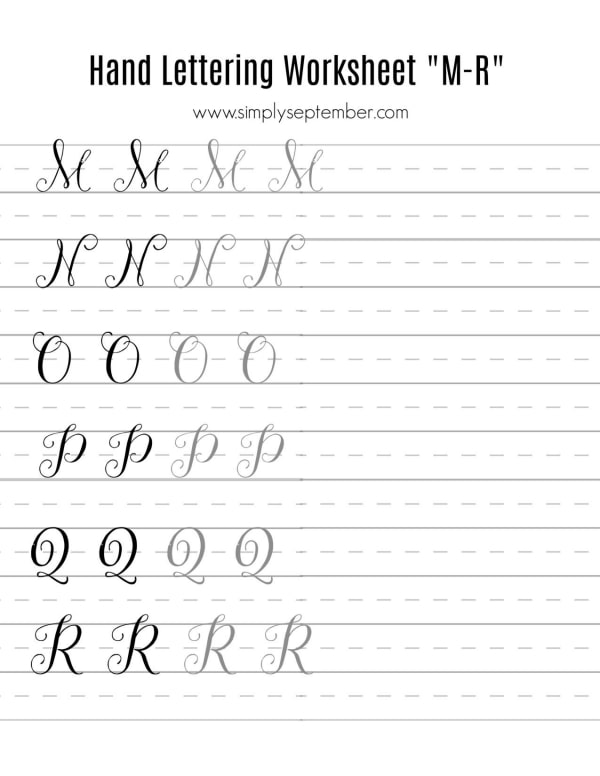
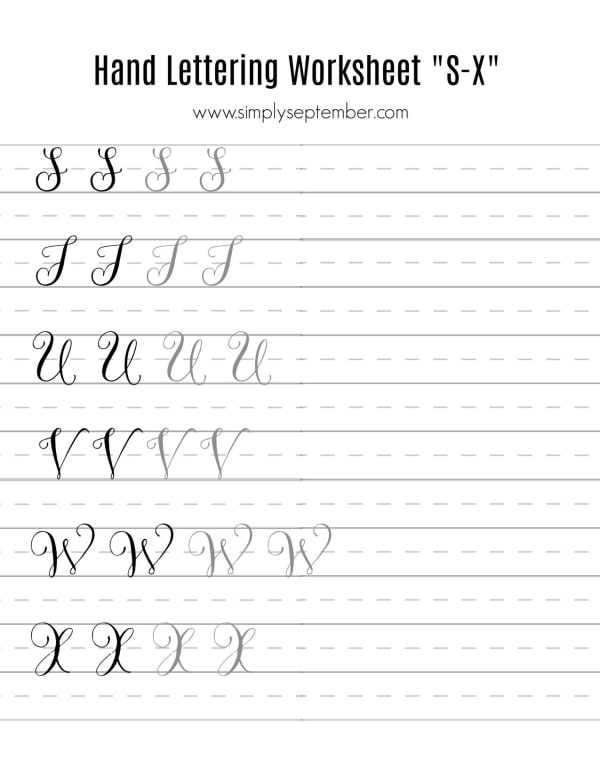
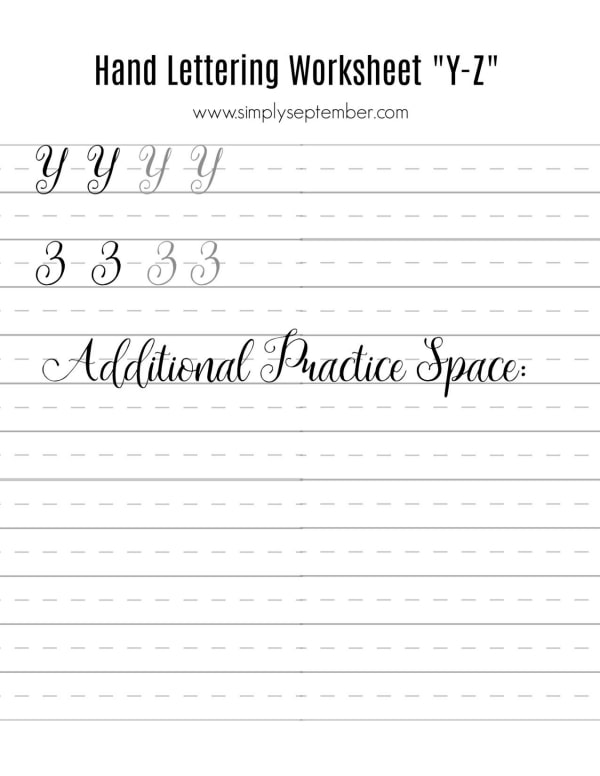
Are hand lettering and calligraphy the same?
Yes! Absolutely. However, a nonprofessional can’t tell the difference. To quote it in simple words, calligraphy and lettering differ based on the method of representation. A calligraphic text is a form of writing words beautifully. On the other hand, hand lettering is a representation of words as a form of illustration. While they appear similar, their techniques and tools differ a lot.
Besides, the tools used for hand lettering differ from calligraphy tools. Let’s have a look at what you will need for lettering
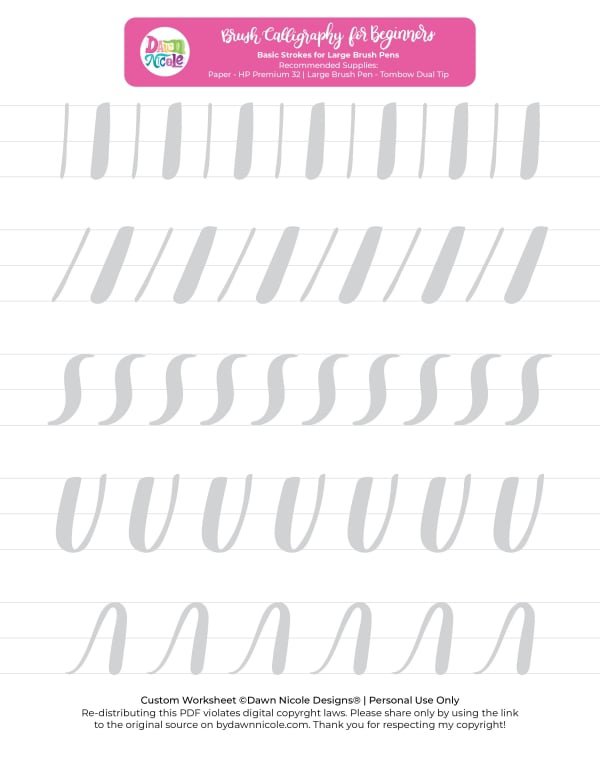
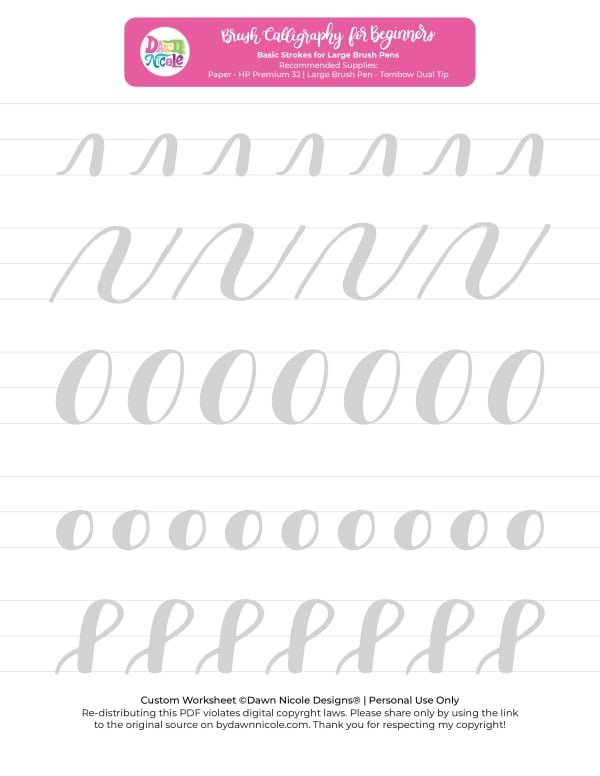
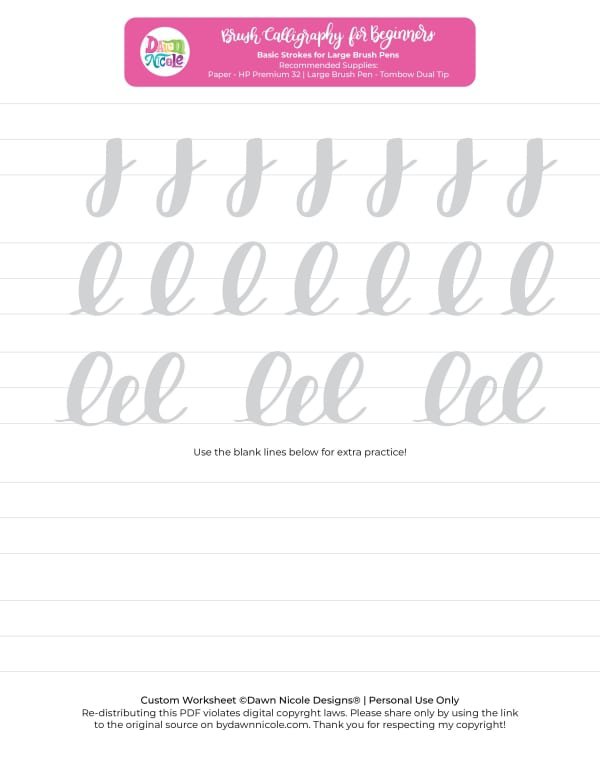
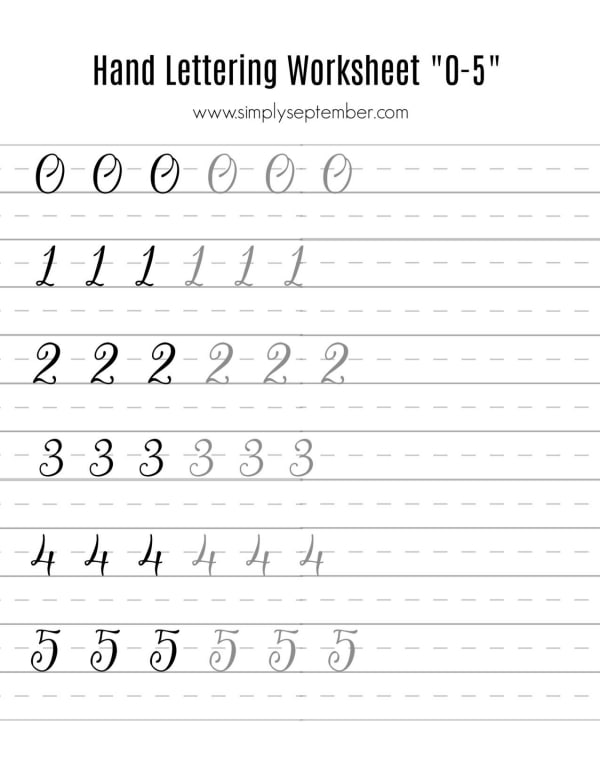

Supplies Needed For Lettering
SURFACE
- The high-quality paper used for printing
- Plain cardstock
- Chalkboard
- Any plain surface you want to practice upon
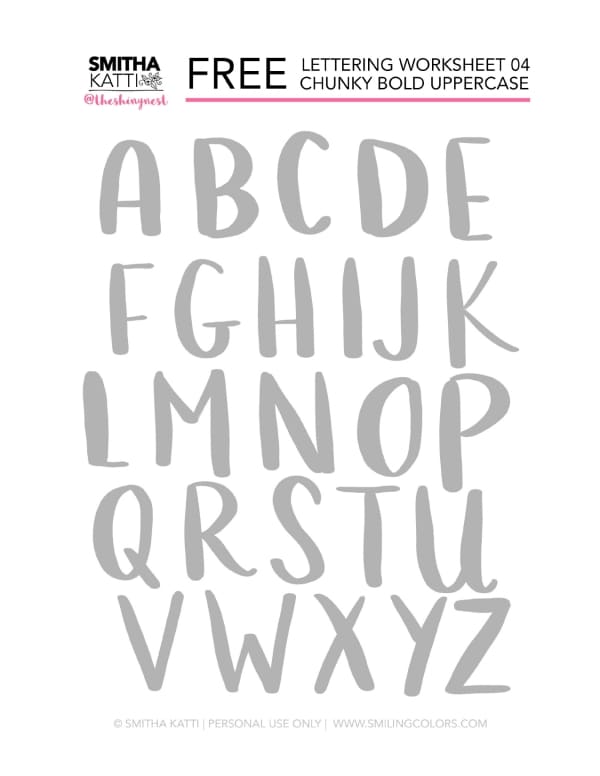
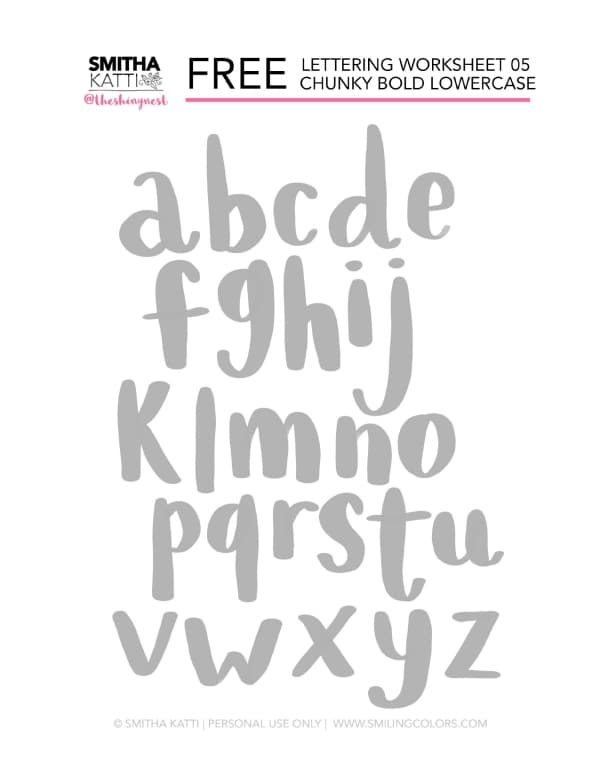
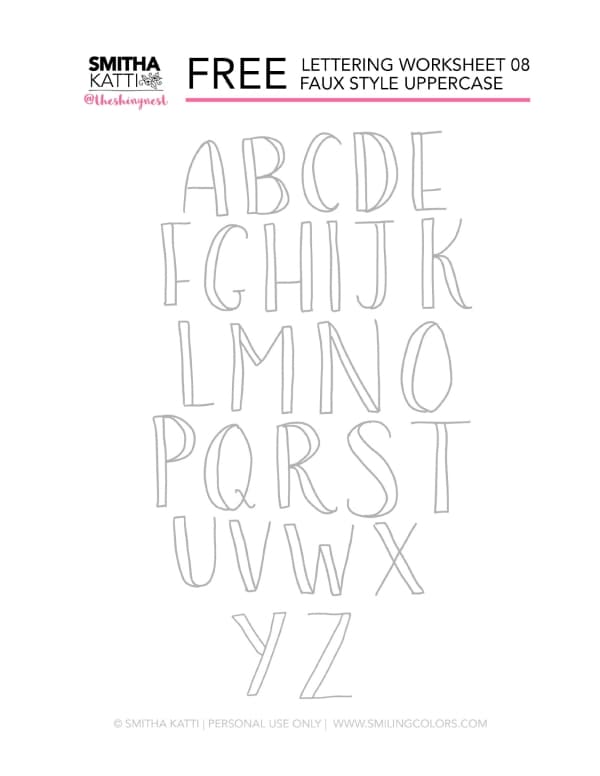
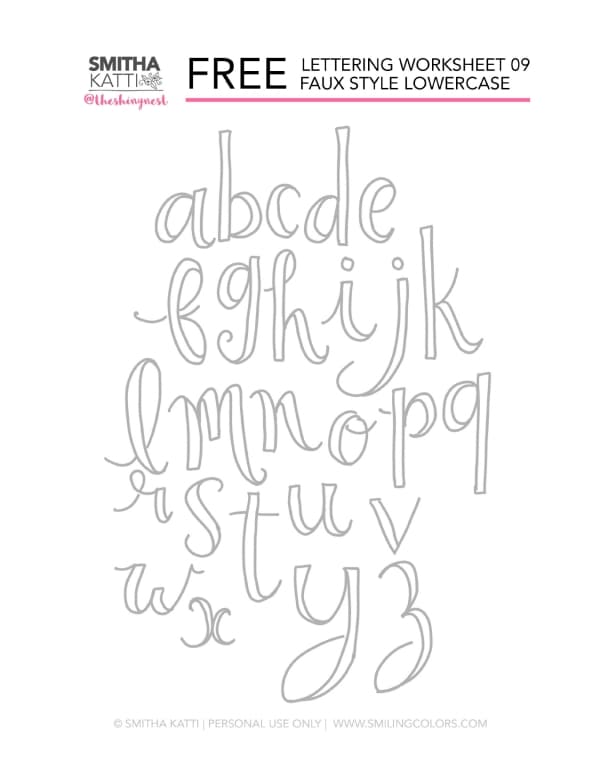
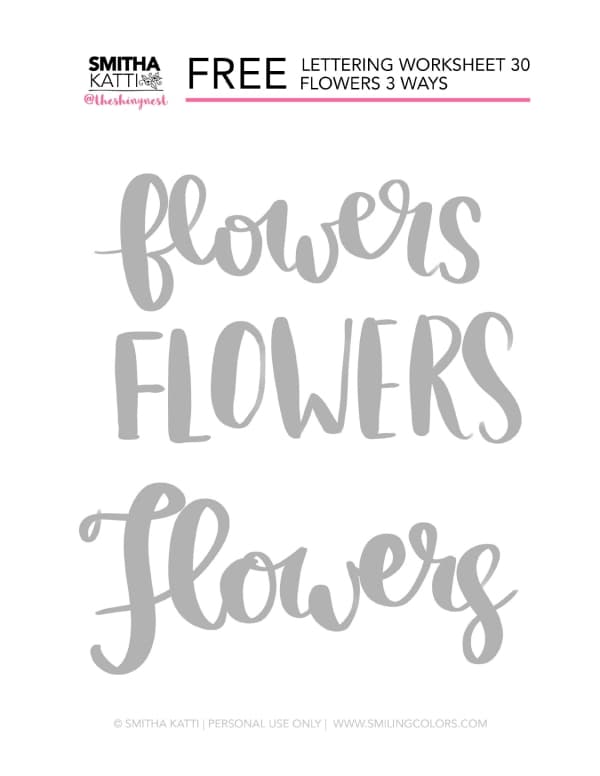
WRITING TOOL
- Brushes – You can use two types of brushes: the brushes that have bristles and the others are the felt tip pens that have brush type tips that give a well-defined stroke.
- Pens – These include sketch pens, ink pens, ball pens, markers, etc.
- Pencils – You can use charcoal pencils, HB, 2B, color pencils, etc.
- Chalks – Liquid chalk markers, chalk pencils, non-dust normal chalks or normal chalks. (while you use normal chalks, you can wet them with water to have deeper and cleaner lettering)
The writing tool depends on the surface and kind of effect that you want to have.
Once you grab your supplies, get to a place where you can comfortably sit and practice lettering. However, you must know these things…
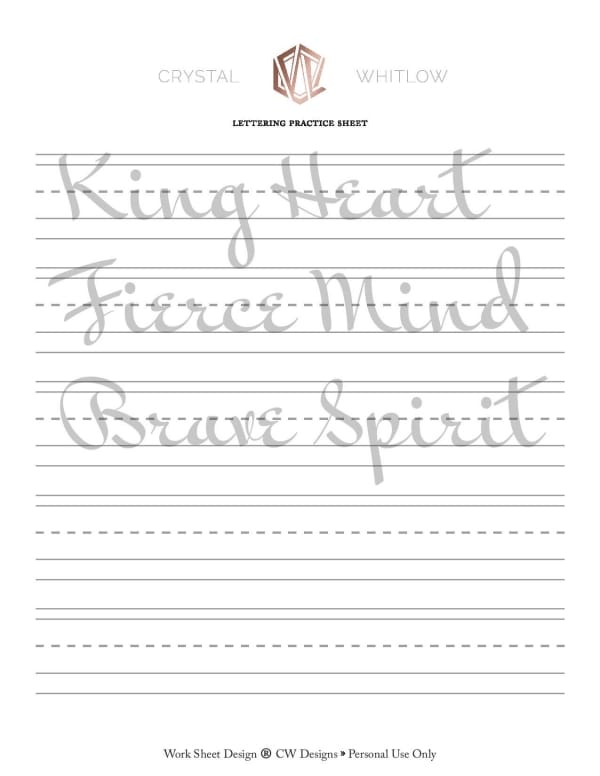
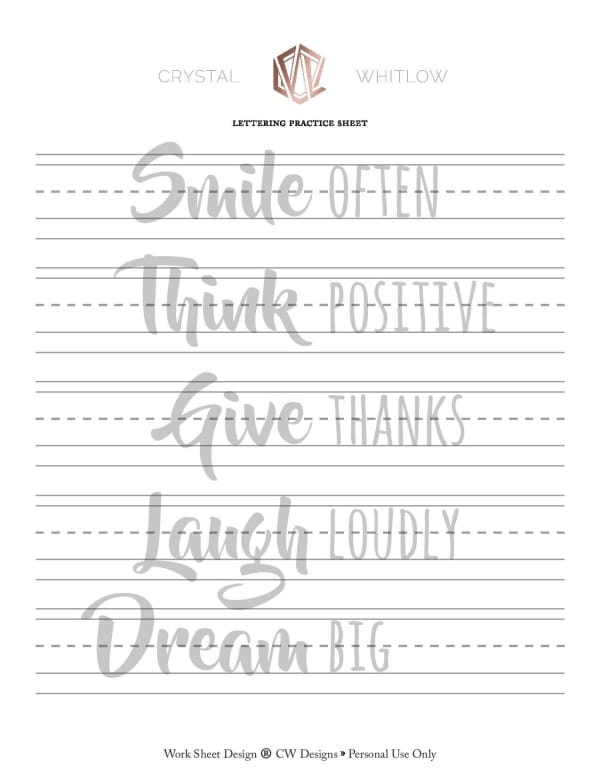
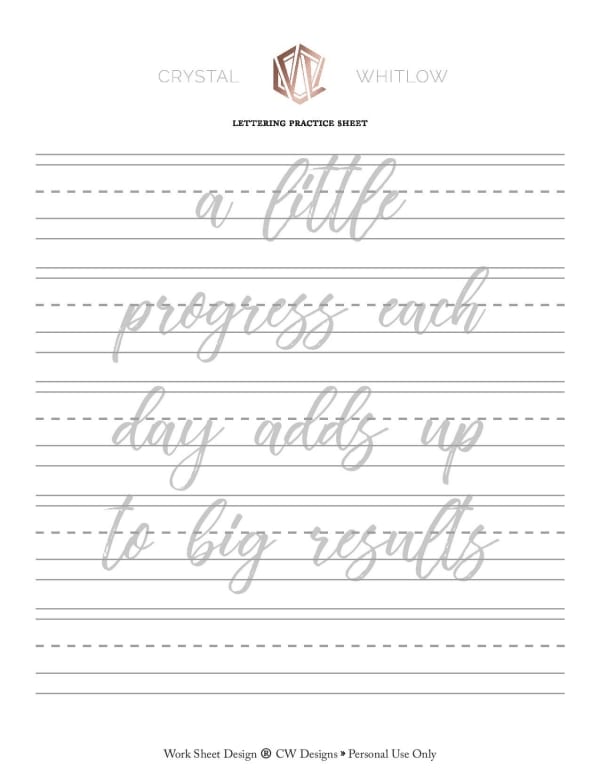
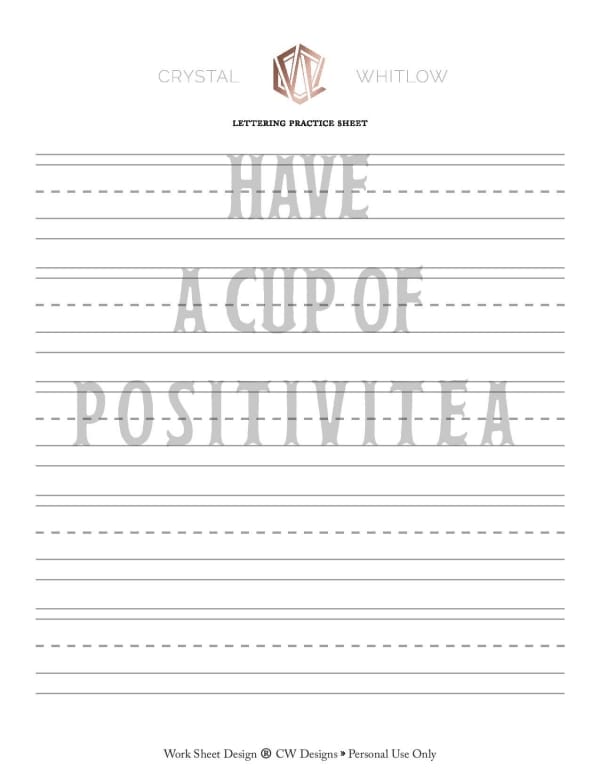
How many types of lettering are there?
Well, following is a list of types of lettering that you can adopt
Serif
Serifs are an age-old type of fonts that are popular in the printed text. However, you can still make them interesting with your lettering talent. This font family is simple for you since you are a beginner. These fonts have little lines at the end of the stokes of the words. Hence, it is comforting to the eyes while reading and gives the reader’s brain a sense of subtle and calmness.
Sans Serif
Now the difference between a sans serif and a serif family font is that the sans serif loses on the little lines that we talked about in the above paragraph. Due to this, the sans serif font is exceptionally sleek giving a modern look to it. Ariel, Helvetica, and Verdana are the other members of this font family.
Cursive / Script
We all love those funky and fun fonts that are famous on many sites these days. The script font gives a trendy look to the lettering making it a free-flowing continuous stream of words. Unlike the other two mentioned above, the letters in this font are connected. Moreover, while you use this font, you can play with the amount of weight that you can give on each of the letters. We bet, this font is your inspiration to start lettering, isn’t it?
Other Fonts That You Can Try
- Vintage
- Gothic
- Graffiti
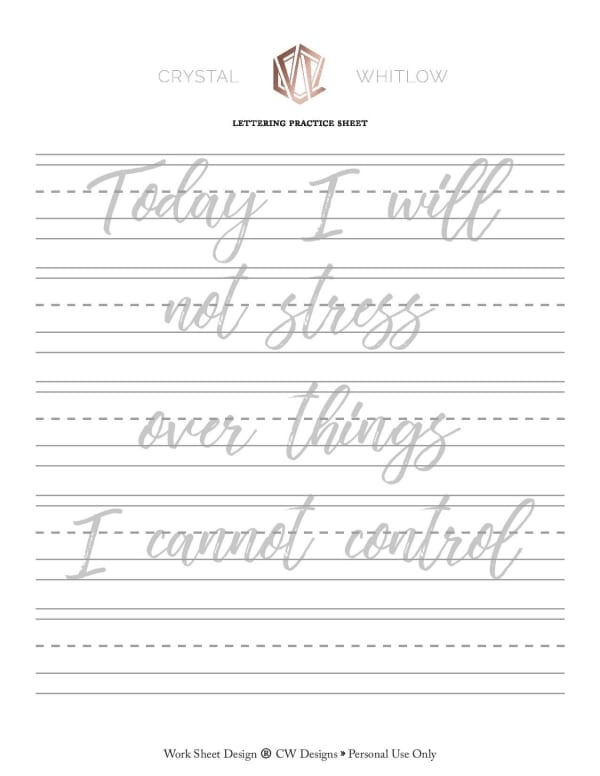
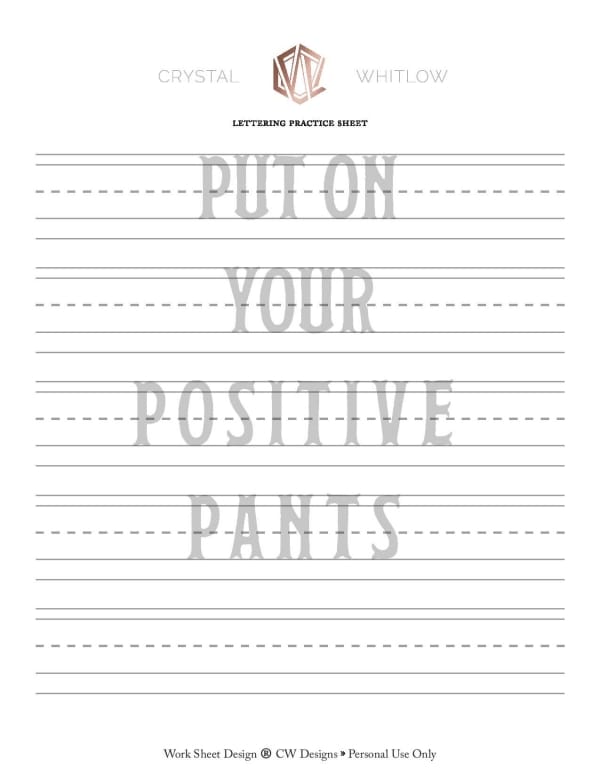
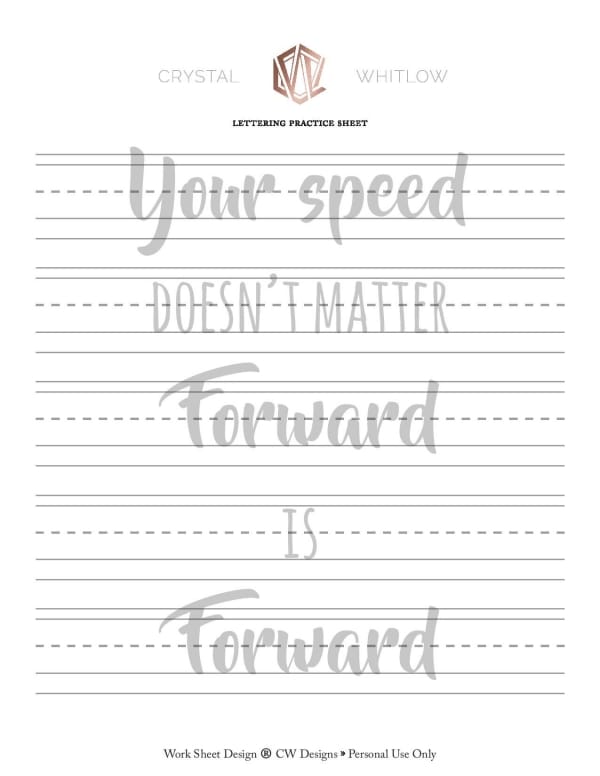
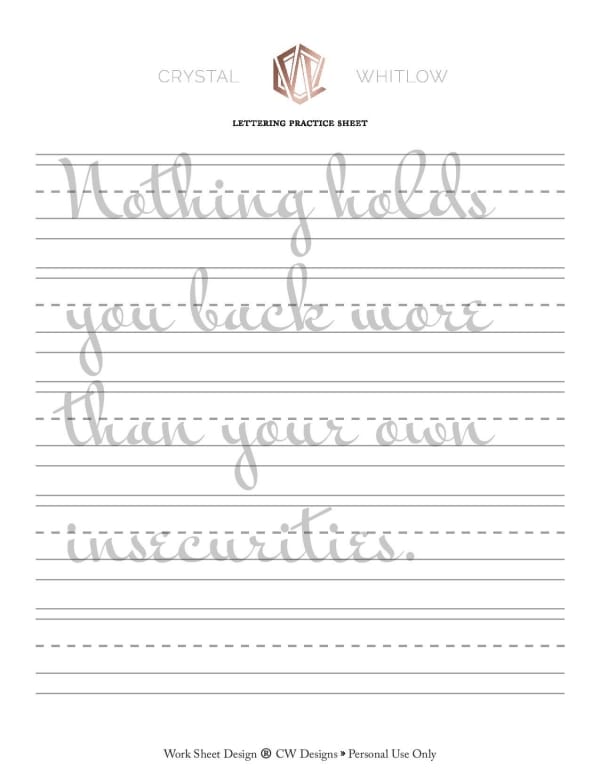
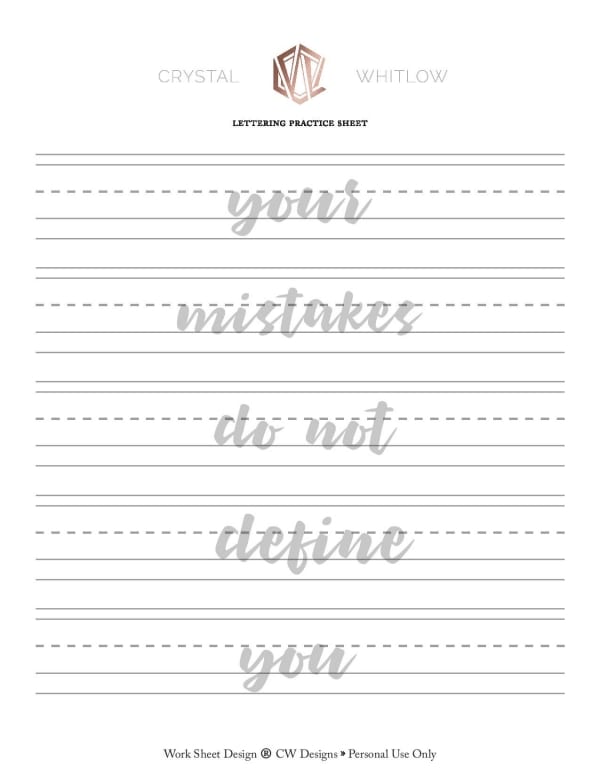
FUNDAMENTALS OF LETTERING MADE EASY
Now that you are ready to start lettering, here are the basics you need to keep in mind.
No matter which type of font you chose for lettering, they always have to be in a parameter. This means there are 4 guiding lines that you need to draw as a beginner namely
- Ascender - the letters that have a long stokes such as “k, l, t, d, b, h, and f” need an upper line to guide the symmetric visual of all of them. This line is the once which decides the upper bound of the letter.
- Height – All the letters in lowercase reach a certain have the height as their upper bound.
- Baseline – This is the line where all the letters start.
- Descender - The lower bound stokes of a letter such as lowercase letters – “g, z, q, y, f, j, and p” lie on the descender line. This line is the guiding line for the symmetric visual of the letters at the lower strokes.
No lettering words must go beyond the ascender and descender lines no matter which type of lettering you chose from the type mentioned above.

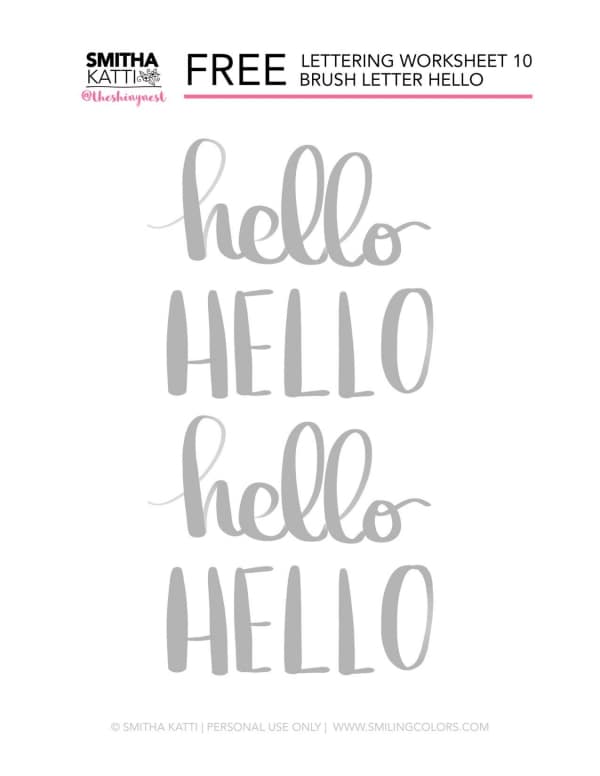
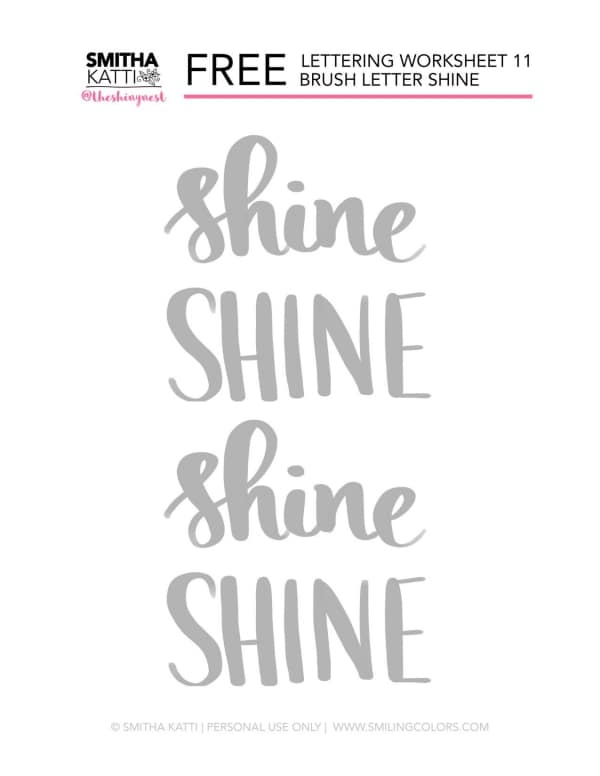
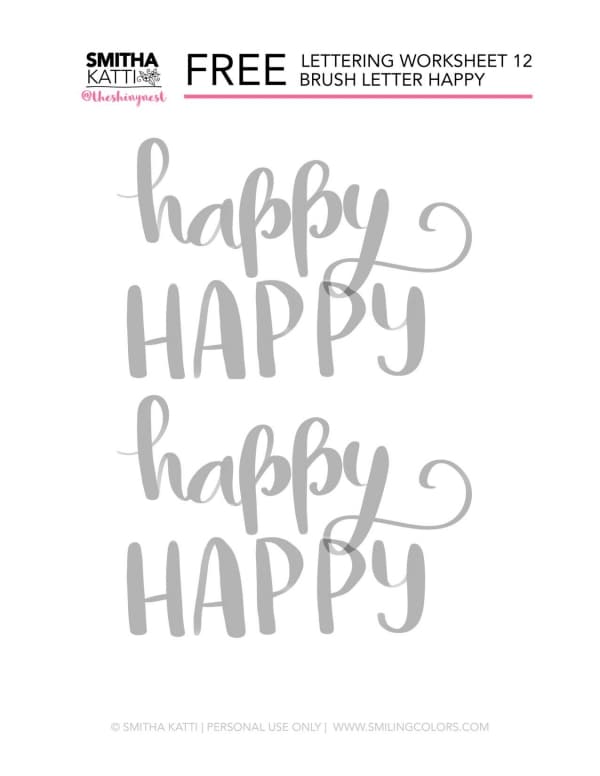
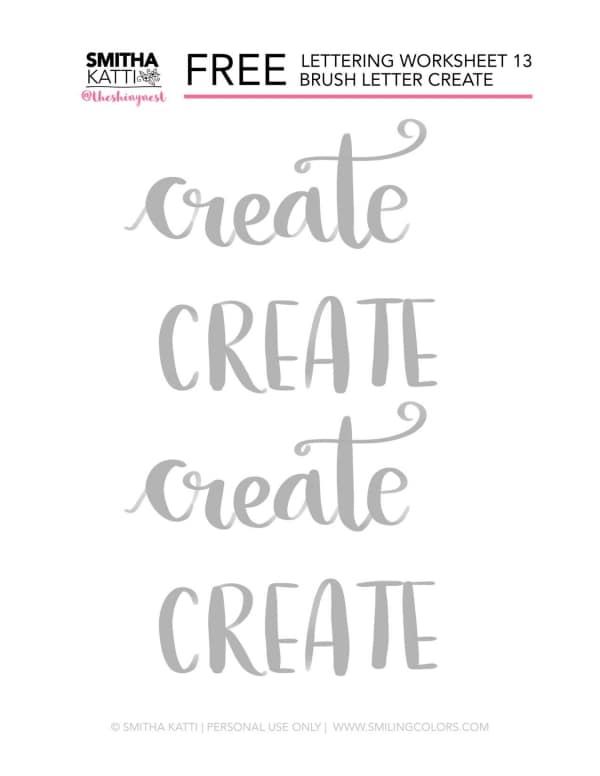
Weight of the Line
Well, weight means thickness and thinness of the line. We mentioned this in the cursive/script font. Now, when you use the script font, there are curves in on the letters that need to be thick at some places and thin at some places. Here comes the role of weight. While you may follow any font of lettering, if you don’t keep the weight of the fonts compatible, the lettering will lose its charm.
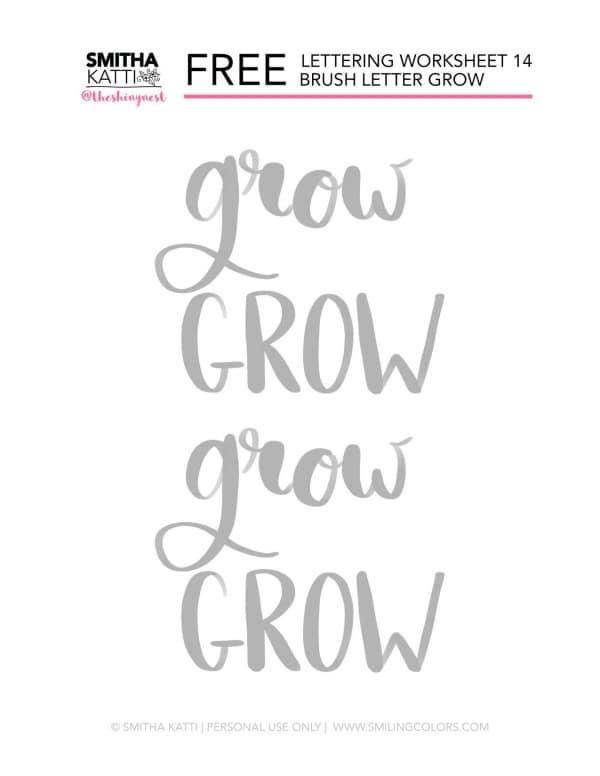
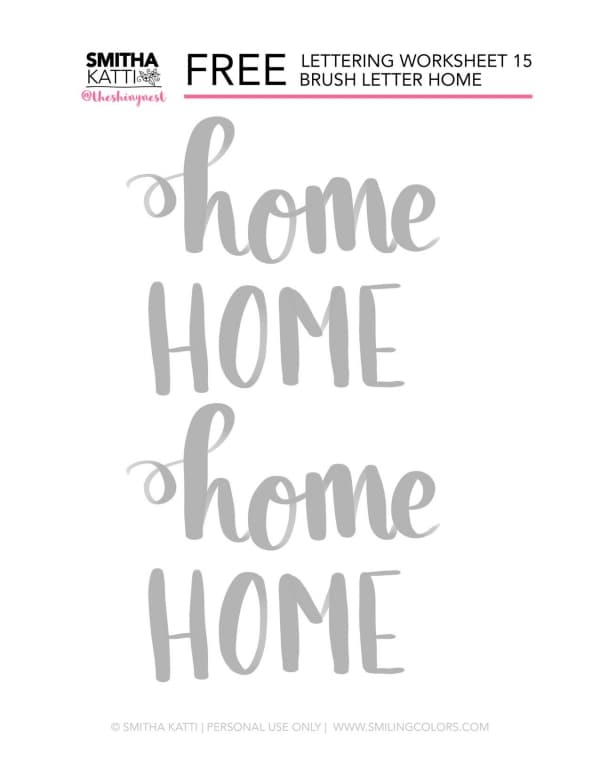
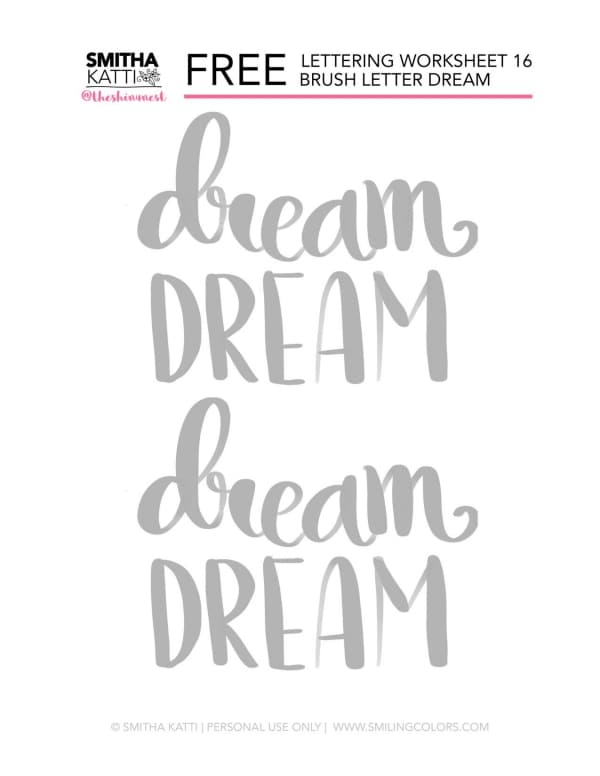
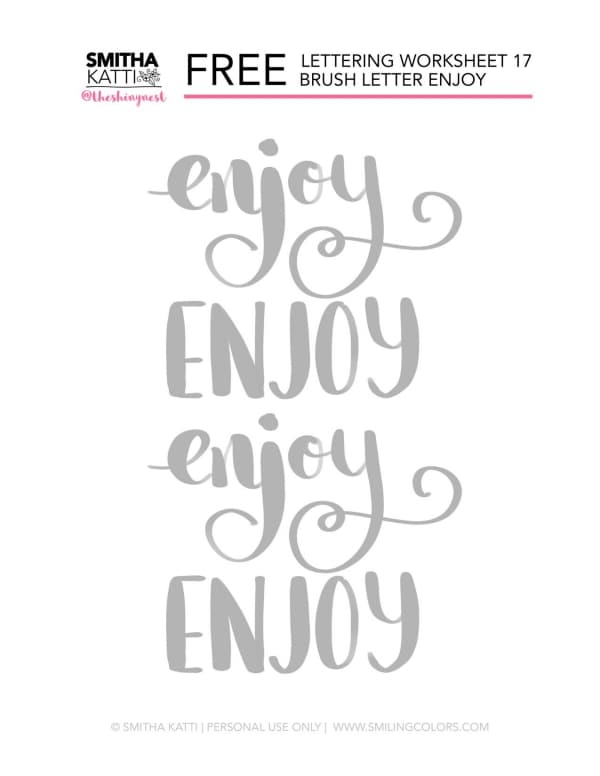
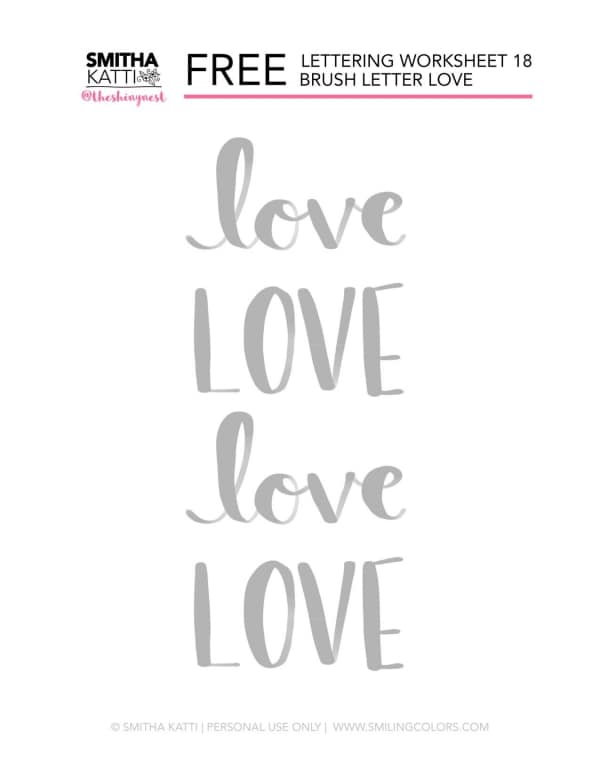
Stokes Of the Letters
You must have not noticed this consciously, but when you write, you start from the baseline extending towards the ascender or height and then the descender. The flow of pushing up the letter is called upstroke and that pulling down is called the down-stroke. One basic thing that you need to keep in mind is that the weight of the down-stoke is usually heavy than the upstrokes. However, this rule does not follow when you use the san serif family fonts.
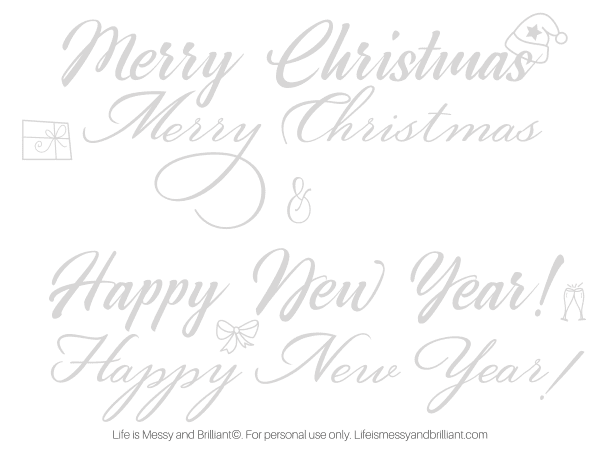
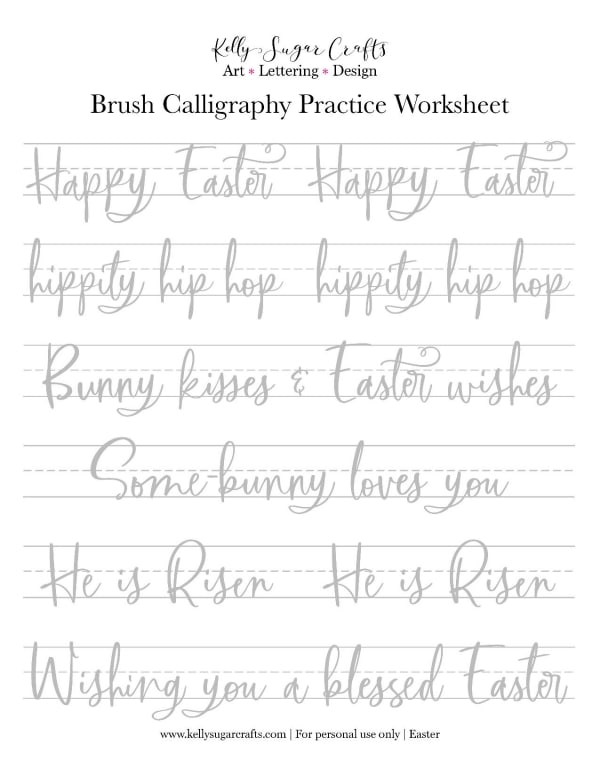
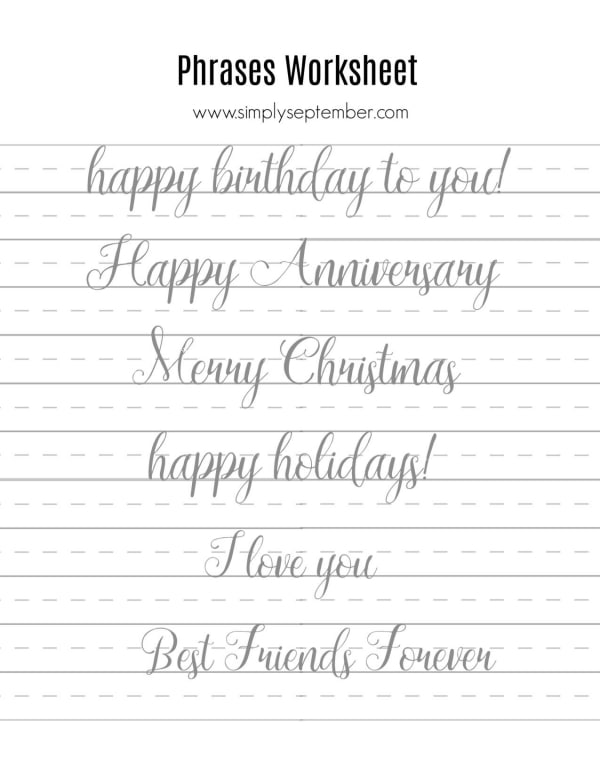
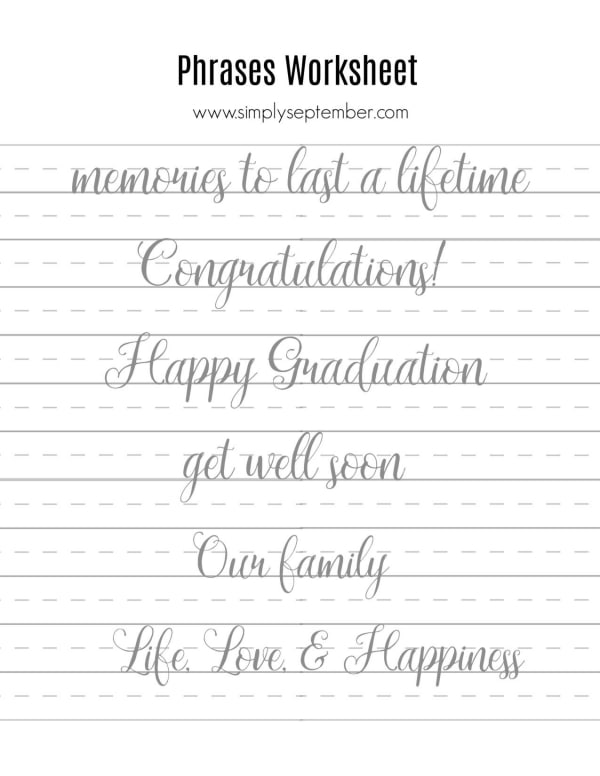
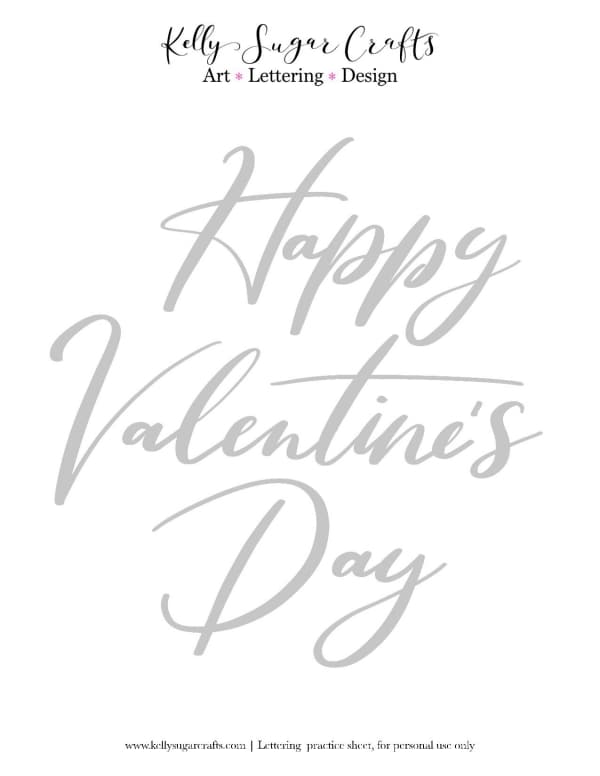
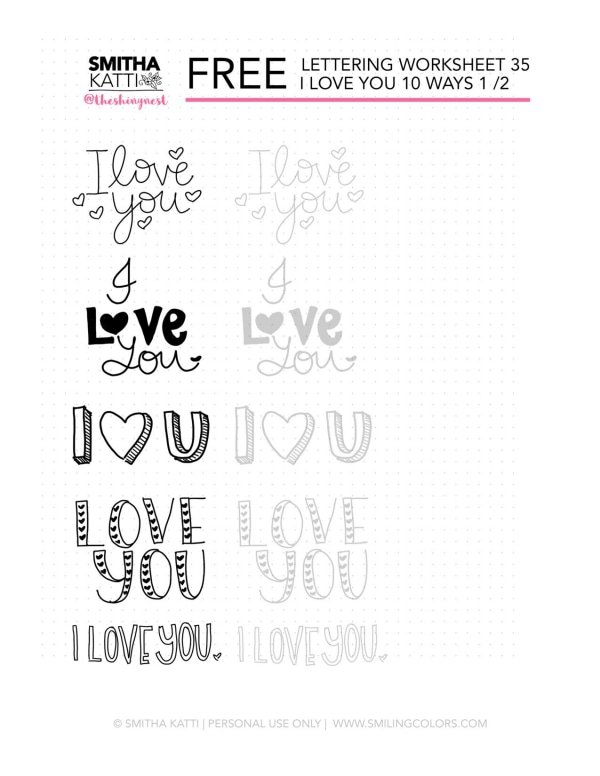
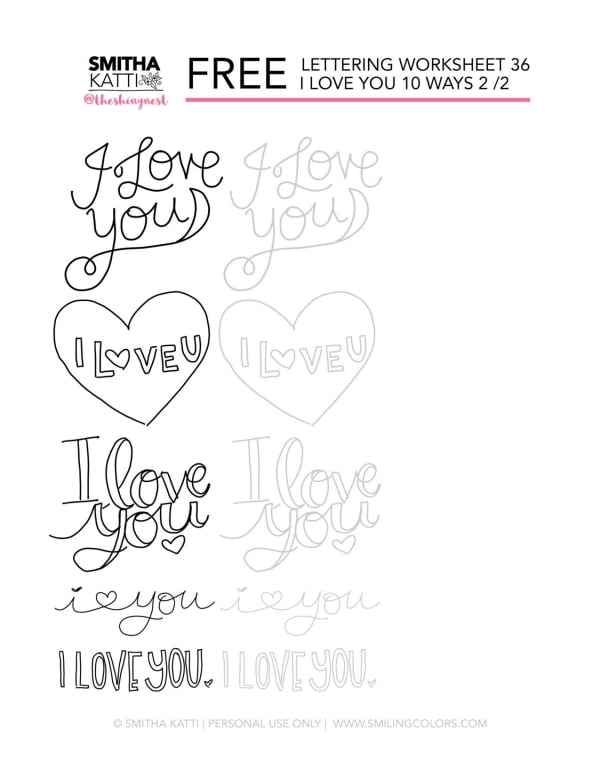
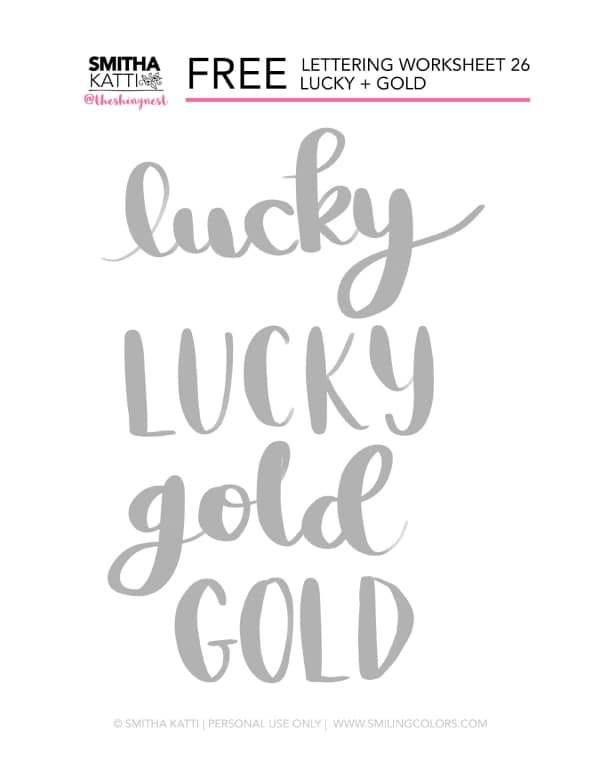
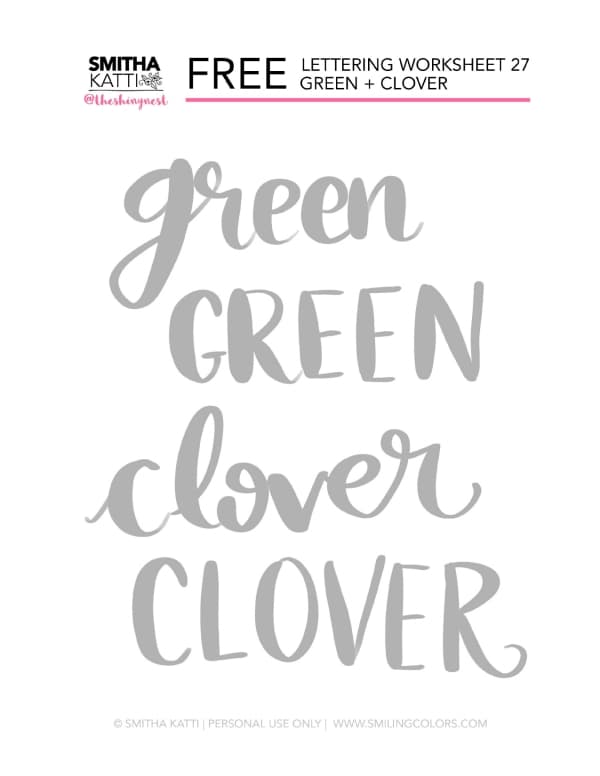
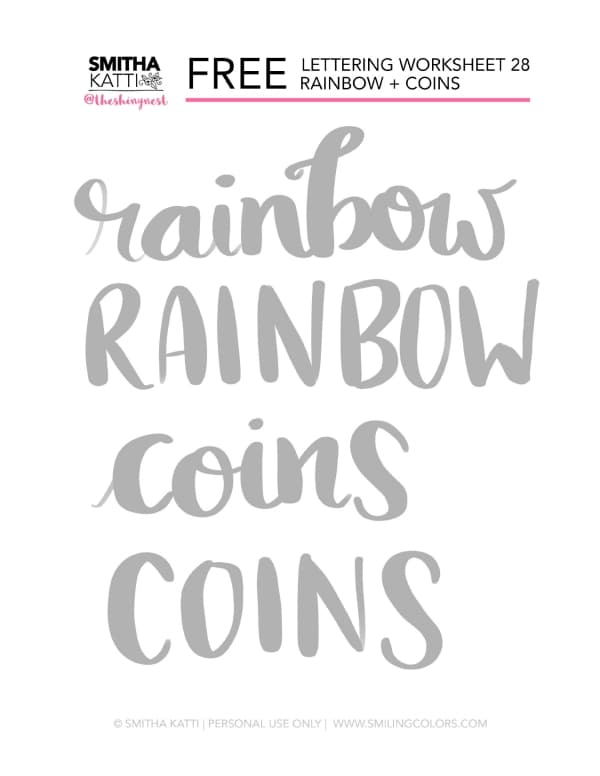
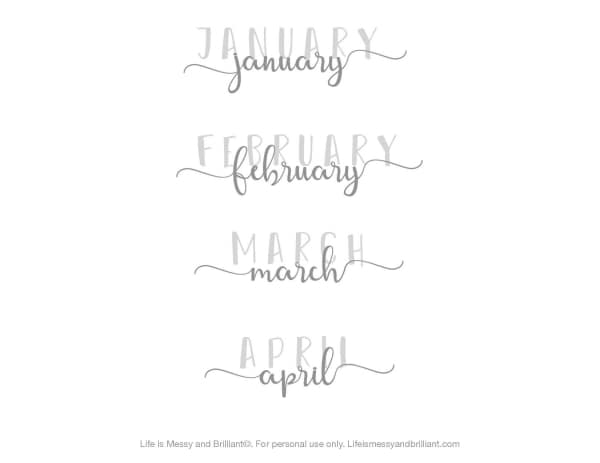
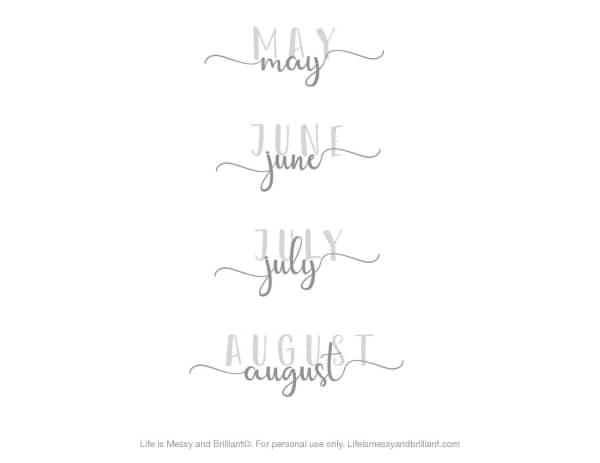
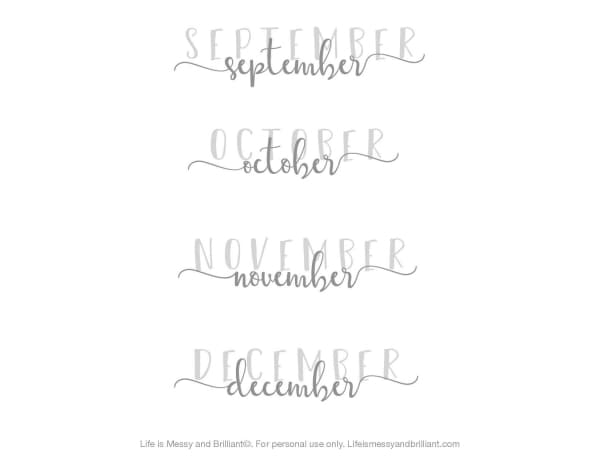
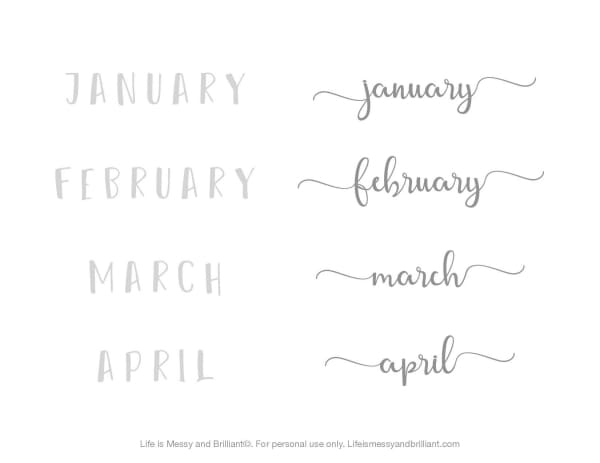
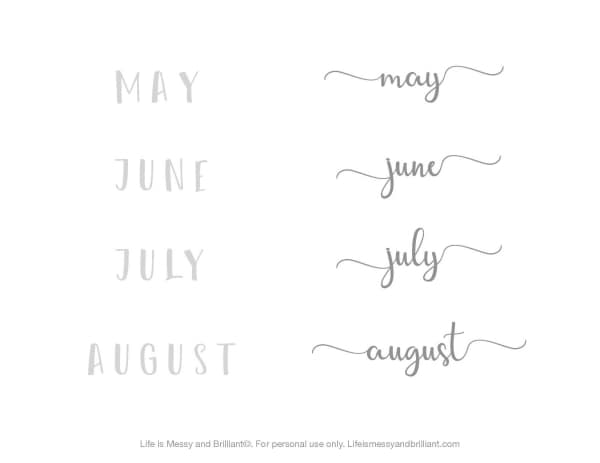
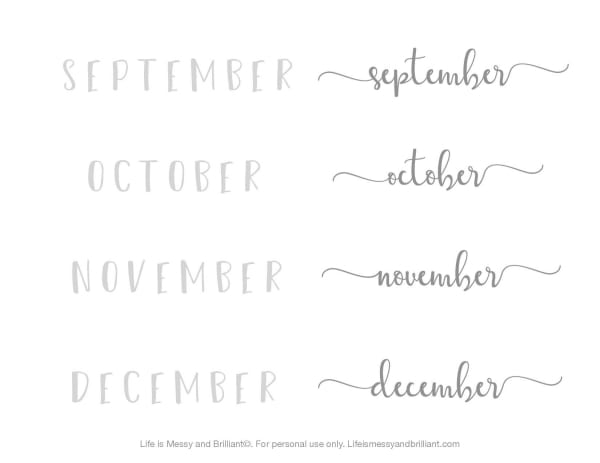
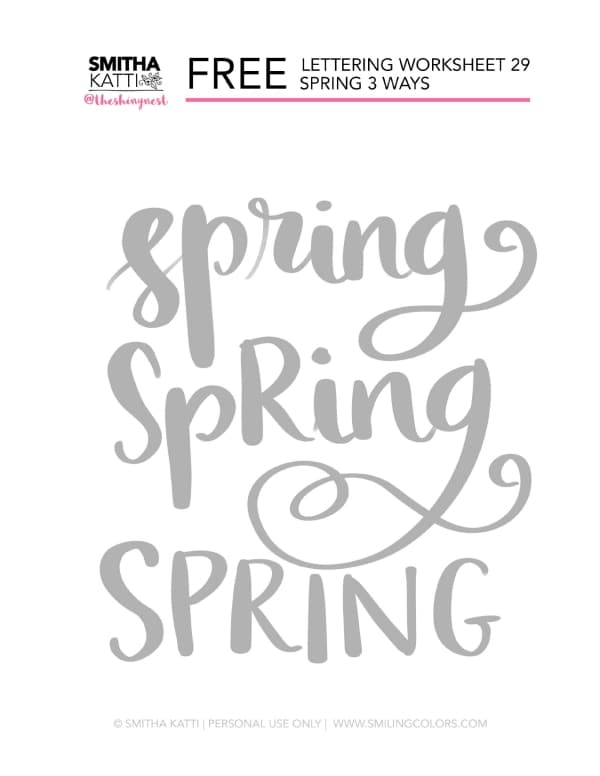
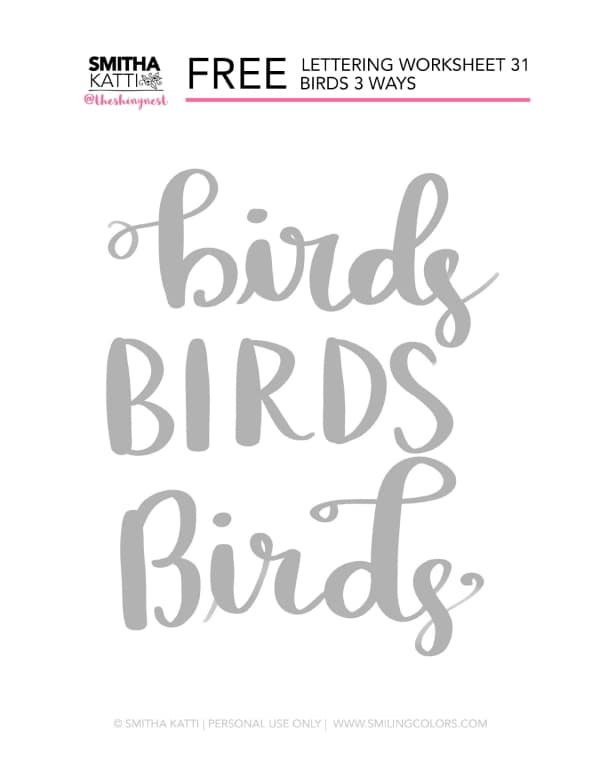
Any art needs practice to be perfect at it. If you are an amateur, you can use these Easy and Free Lettering Worksheets for Beginners to Practice. Once you get into the habit of lettering, you can lose upon those Guiding lines. Keep a track of your stokes while lettering to have a clean and gorgeous lettering work done!